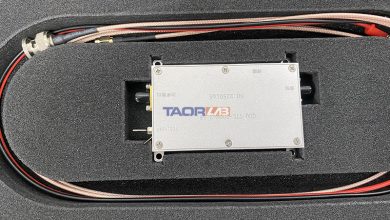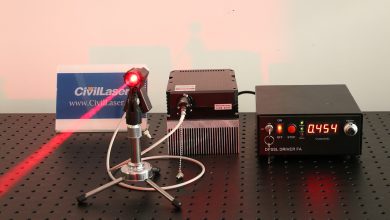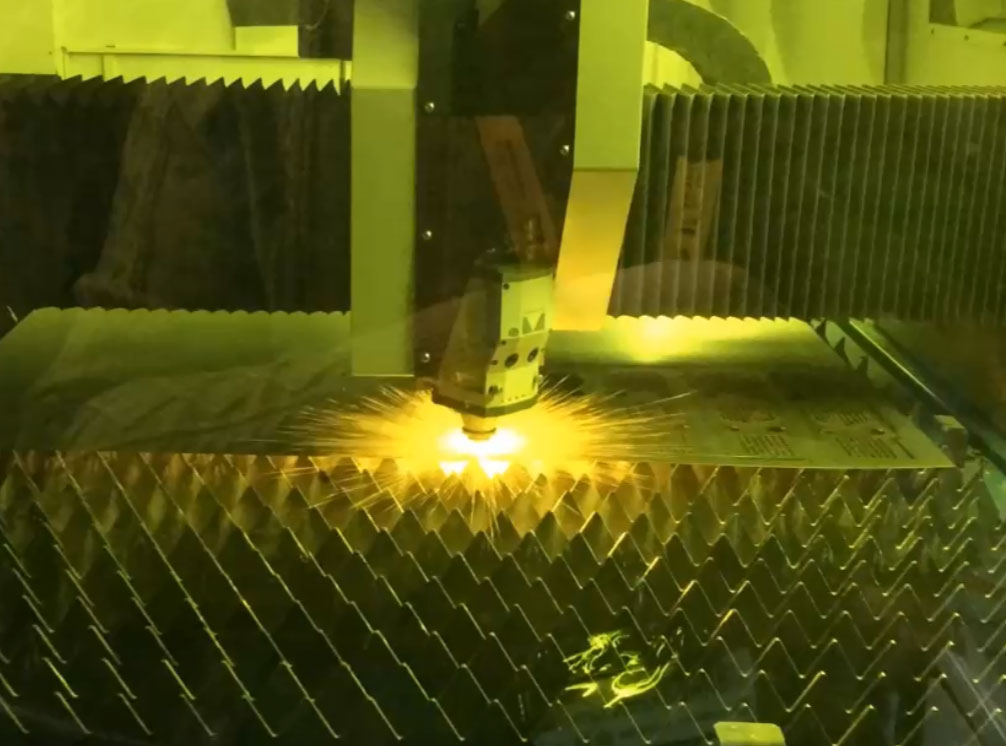Laser News
Chip-Level Laser

Chip-level lasers are born! Ability to emit light with a basic linewidth of less than 1Hz!
Spectral pure lasers are at the heart of advanced scientific and commercial applications due to their ability to produce near-perfect monochromatic light. This ability of the laser is measured based on its linewidth or coherence, that is, the ability to emit a constant frequency over a period of time before the frequency changes. In practice, researchers are doing their utmost to make highly coherent, near-unipolar lasers for advanced systems such as atomic clocks.
However, today these lasers are bulky and occupy the rack of equipment, they can only be used in the laboratory workbench. There is currently a trend to transfer the performance of advanced lasers to photonic microchips, which can be applied to a wide range of applications such as spectroscopy, navigation, quantum computing, and optical communications while significantly reducing cost and size. Achieving such performance on a chip scale will also greatly help address the challenges posed by the explosive data capacity demands of the Internet and the resulting increase in energy consumption of global data centers and their fiber optic interconnects.

In a cover article on Natural Photonics published in January 2019, researchers at the University of California, Santa Barbara, and their partners at Honeywell, Yale, and Northern Arizona University described one of the studies. Significant milestone: A chip-scale laser that emits light with a basic linewidth of less than 1 Hz, quiet enough to transfer demanding scientific applications to the chip level.
The project is funded by the Defense Advanced Research Projects Agency (DARPA) OwlG project. In order to have an effective impact, these low linewidth lasers must be integrated into photonic integrated circuits (PICs), which are equivalent to computer microchips that can be fabricated on the wafer scale of commercial microchip foundries. Professor Dan Blumenthal, one of the authors of the study and head of the research team, and the Department of Electrical and Computer Engineering at the University of California, Santa Barbara, said:
An conceptual art diagram of the interpretation of optical dynamics in a ring cavity of a novel Brillouin laser.

So far, there is no way to produce a quiet laser with such horizontal coherence and narrow linewidth on the scale of optoelectronic chips. Current chip-level lasers have inherent noise and relatively large linewidths and need to play a new role in basic physics related to the miniaturization of these high quality lasers. Of particular interest to DARPA is the manufacture of a chip-scale laser optical gyroscope. It is very important that the optical gyroscope has the ability to maintain positional information without GPS. Optical gyroscopes are used for precise positioning and navigation, including on most commercial aircraft. The length sensitivity of laser optical gyros is comparable to that of gravitational wave detectors, one of the most sophisticated measuring instruments ever made. But the current system to achieve this sensitivity contains a large number of fiber coils.
The goal of the OwlG project is to implement an ultra-quiet (narrow linewidth) laser on the chip to replace the fiber as a rotating sensing element and to further integrate the other components of the optical gyroscope. According to Blumenthal, there are two possible ways to make such a laser. One is to attach the laser to an optical reference that must be placed in a vacuum under environmental isolation, as is done with today’s atomic clocks. The reference cavity and an electronic feedback loop act together as an anchor to silence the laser. However, such systems are bulky, costly, consume large amounts of power, and are sensitive to environmental disturbances. Another approach is to create an external cavity laser that meets the basic physical requirements of a narrow linewidth laser, including the ability to hold billions of photons for long periods of time and support very high internal optical power levels. Traditionally, such cavities are large (can hold enough photons), and although they have been used to achieve high performance, they are integrated on the chip with a linewidth close to the laser linewidth stabilized by the reference cavity, It proved to be difficult to achieve.

To overcome these limitations, the team used a physical phenomenon called stimulated Brillouin scattering to make lasers. The method takes advantage of the process of interaction between light and matter, in which light actually produces sound or sound waves inside the material. Brillouin lasers are known for producing very quiet light. The photons emitted by the noise “pump” laser are used to generate sound waves, and the sound waves act as a buffer to generate a new low linewidth quiet output light. The Brillouin process is very efficient, reducing the linewidth of the input pump laser by a million times. The disadvantage is that large fiber optic devices or micro-optical resonators traditionally used to fabricate Brillouin lasers are sensitive to environmental conditions and are difficult to manufacture by chip casting methods.
The key to fabricating a Yhritzbruine laser on a photonic integrated chip is the use of a technology developed by the University of California, Santa Barbara, that uses a photonic integrated circuit built with extremely low waveguides equivalent to fiber losses. These low-loss waveguides form a Brilliance laser ring cavity on the chip, with all the elements of success: they can store a large number of photons on the chip, process extremely high levels of optical power in the cavity, and guide along the waveguide Photon, just like a track-guided monorail. The combination of low loss optical waveguides and fast attenuating acoustic waves eliminates the guidance of sound waves. This innovation is the key to the success of this approach. Since the completion of this study, a number of new funding projects have been created among the Blumenthal team and collaborators.



